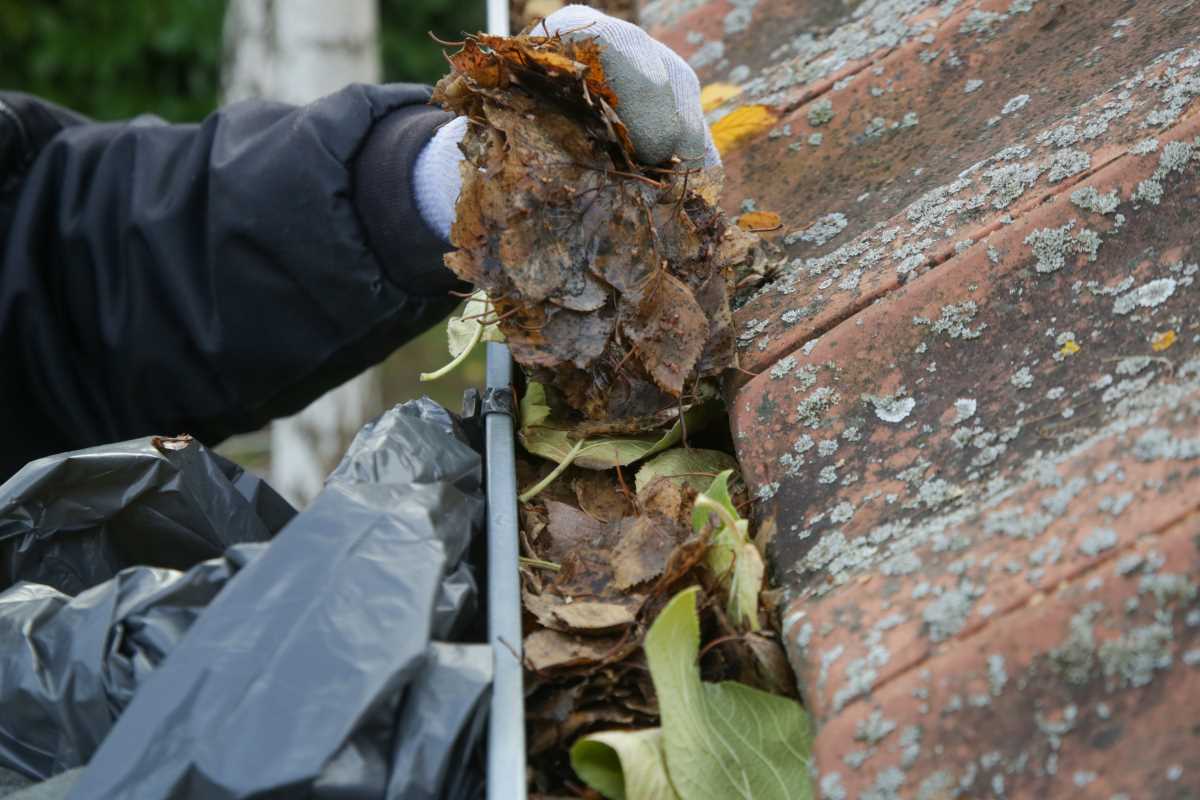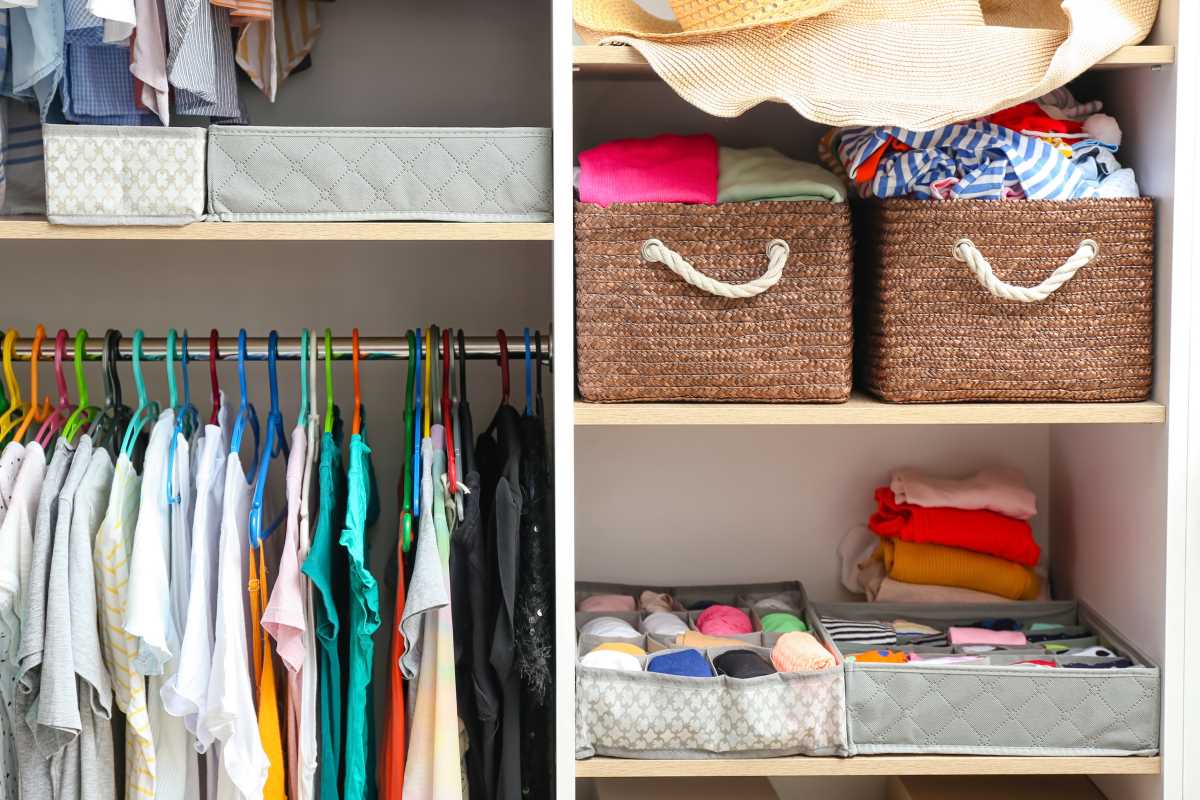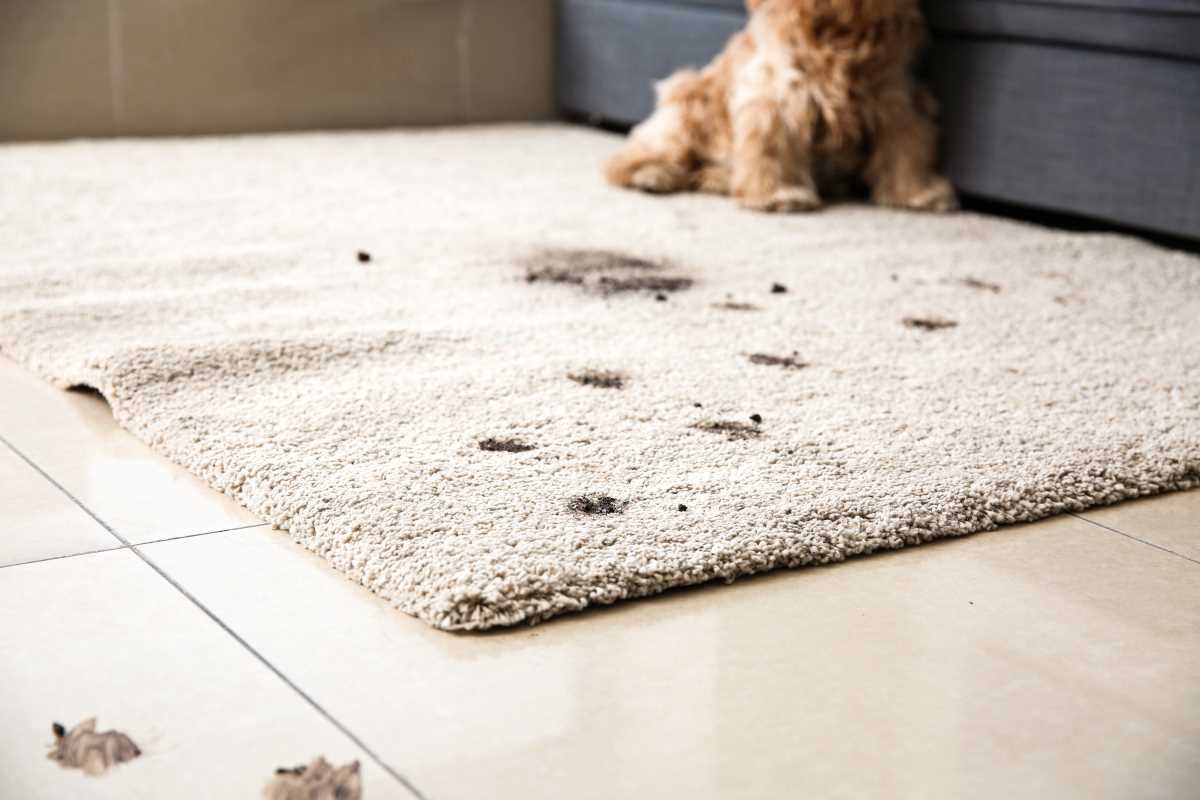Life as a busy parent is always full of surprises—but a leaky faucet or a squeaky door shouldn’t throw your schedule out of whack. Time is precious for parents, and knowing how to handle small household repairs yourself can save money, reduce stress, and set a great example for your kids by showing them you can solve problems efficiently. Here’s a comprehensive guide to tackling household issues quickly and confidently, no matter how packed your day is.
1. Fix a Leaky Faucet
We’ve all endured the endless annoyance of a dripping faucet. That drip isn’t harmless either; it could waste gallons of water over weeks or months, impacting your utility bills and the environment. Luckily, fixing it is straightforward.
What You’ll Need:
- Adjustable wrench
- Replacement washers or O-rings
- Screwdriver
- Towel
The Steps:
- Turn Off the Water Supply: Locate the shutoff valve beneath your sink. Turn it clockwise until the water stops.
- Remove the Faucet Handle: Using a screwdriver, gently unscrew the handle to expose the inner components.
- Replace the Washer or O-Ring: The washer or ring is usually the culprit behind the leak. Take it out carefully and replace it with a matching new one.
- Reassemble the Faucet: Screw everything back together, ensuring components are snug but not overly tight.
- Test It Out: Turn the water supply back on and check to ensure the dripping has stopped.
Pro Tip: If you’re unsure which washer size your faucet requires, bring the old one to the hardware store to find a perfect match.
2. Silence a Squeaky Door
A squeaky door can feel like a soundtrack to your life, often disrupting much-needed peace during nap time or bedtime. Fortunately, it’s an easy fix.
What You’ll Need:
- WD-40 or any other lubricating oil
- A rag
The Steps:
- Locate the Problem Hinge: Open and close the door to pinpoint the hinge causing the noise.
- Apply Lubrication: Spray a small amount of WD-40 on the hinge pin.
- Work the Lubricant: Open and close the door several times to help the lubricant penetrate the hinge.
- Clean Up: Wipe away any excess oil with a rag to prevent it from leaking onto the floor.
Pro Tip: If you don’t have WD-40, a dab of petroleum jelly or even cooking oil can work in a pinch.
3. Patch a Small Hole in the Wall
Whether it’s accidental bumps caused by toys or holes left after rearranging wall art, fixing small wall damage is easy with the right tools.
What You’ll Need:
- Spackle or wall filler
- Putty knife
- Sandpaper
- Paint (optional)
The Steps:
- Clean the Area: Brush away any loose debris from the hole.
- Fill the Hole: Use a putty knife to apply spackle, ensuring the area is evenly filled.
- Smooth it Out: Scrape off excess filler and allow it to dry as per the product’s instructions.
- Sand it Smooth: Once the filler has dried, lightly sand the area until it’s flush with the rest of the wall.
- Paint (Optional): If the patch is noticeable, use leftover wall paint to restore a seamless look.
Pro Tip: Keep a small spackle tube in your toolbox for quick fixes. These are pre-mixed and ready to use at a moment’s notice.
4. Unclog a Slow-Draining Sink
Clogged sinks don’t just slow you down; they can also create unpleasant odors and lead to more severe plumbing issues. A simple vinegar and baking soda solution is often all you need.
What You’ll Need:
- Baking soda
- Vinegar
- Hot water
The Steps:
- Pour Baking Soda: Start by pouring half a cup of baking soda directly into the drain.
- Add Vinegar: Follow up with half a cup of vinegar, and let the mixture foam.
- Wait: Allow the reaction to sit for 15 minutes, breaking down grease and buildup.
- Flush: Rinse with boiling water to clear the drain fully.
Pro Tip: To prevent future clogs, use a hair strainer or drain cover. Clean it every couple of weeks.
5. Repair Loose Cabinet Handles
Loose or wobbly cabinet handles make daily tasks more frustrating, but fixing them requires little time or effort.
What You’ll Need:
- Screwdriver
- Toothpicks or wood filler
The Steps:
- Remove the Handle: Unscrew the handle to examine the screw holes.
- Fix a Stripped Hole: For holes that are too wide, place a couple of toothpicks coated in wood glue into the hole and break off the excess. For larger damages, use wood filler.
- Reattach the Handle: Tighten the screws securely and test to ensure the handle no longer moves.
Pro Tip: Keep spare cabinet screws handy in case one gets lost during repairs.
6. Stop a Running Toilet
A toilet that won’t stop running wastes water and inflates utility bills. Often, the issue lies in the flapper, and replacing it is an easy, affordable fix.
What You’ll Need:
- Replacement flapper
The Steps:
- Inspect the Flapper: Remove the tank lid, flush the toilet, and observe whether the rubber flapper forms a tight seal after the tank refills.
- Replace if Necessary: Disconnect the old flapper from the chain and install the new one.
- Test the Seal: Flush again to ensure the new flapper fixes the issue.
Pro Tip: Adjust the chain if necessary so the flapper seals tightly without being pulled too taut.
7. Fix a Stuck Window
Windows that won’t close or open easily can be frustrating, especially when you need fresh air. Over time, dirt, paint, or wood swelling can cause this problem.
What You’ll Need:
- Utility knife
- Sandpaper
- Candle wax or bar soap
The Steps:
- Inspect for Obstructions: Check for paint, debris, or anything blocking the window’s tracks.
- Cut Through Paint Seal: Use a utility knife to gently break any paint seals if the window is stuck shut.
- Sand the Tracks: Smooth out rough wood or tracks with sandpaper.
- Lubricate the Tracks: Rub candle wax or a bar of soap along the tracks to reduce friction.
Pro Tip: Regularly clean your window tracks to avoid buildup.
8. Replace a Faulty Light Switch
A malfunctioning light switch can be both an inconvenience and a safety hazard. While this project involves electricity, it’s relatively straightforward if you follow precautions.
What You’ll Need:
- Screwdriver
- Replacement light switch
- Voltage tester
The Steps:
- Turn Off Power at the Breaker: Always start by cutting power to the light switch at your home’s breaker box.
- Test for Power: Unscrew the light switch cover and use a voltage tester to ensure no power is running.
- Disconnect the Old Switch: Take note of where each wire connects before unscrewing them.
- Install the New Switch: Attach the wires to the corresponding screws on the replacement switch. Tighten them firmly.
- Reattach and Test: Reinstall the cover, restore power at the breaker, and test the new switch.
Pro Tip: Always label your breaker box clearly for easy access in the future.
9. Clean Grout Like a Pro
Dirty grout can make your bathroom or kitchen look older and less inviting. A deep clean will bring tiles back to life.
What You’ll Need:
- Baking soda
- Vinegar
- Toothbrush
The Steps:
- Create a Cleaning Paste: Mix baking soda and water into a paste and apply it to grout lines.
- Scrub: Use a toothbrush to scrub the paste into the grout.
- Rinse with Vinegar: Spray vinegar over the area; it’ll bubble as it reacts.
- Rinse with Water: Wipe the area clean with a damp cloth.
Pro Tip: Seal grout annually to prevent staining and make cleaning easier.
Final Thoughts
Being a busy parent doesn’t mean you need to throw in the towel when it comes to household repairs. Armed with the right tools and a little know-how, you can tackle these common problems without breaking a sweat. Not only will you save time and money, but learning these DIY skills is empowering. You might even find yourself teaching your kids along the way, sparking their curiosity and helping them build their own problem-solving abilities.
Got a home repair you’re stuck on? Share it in the comments—we’re here to help!
 (Image via
(Image via





